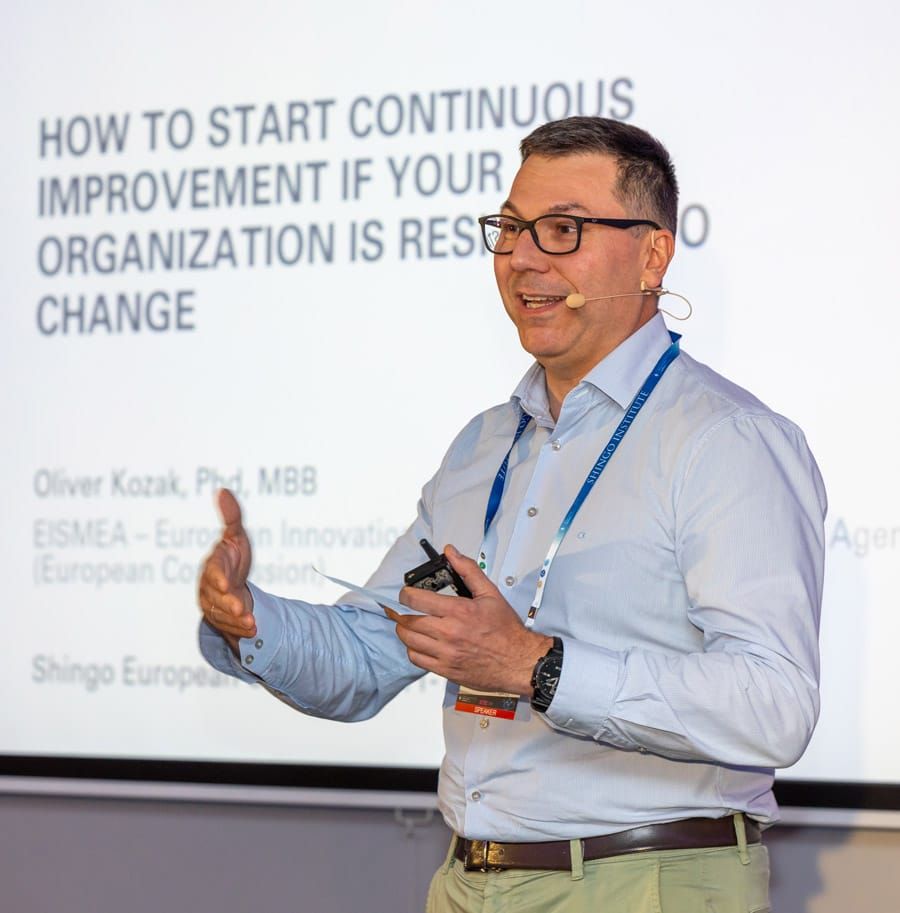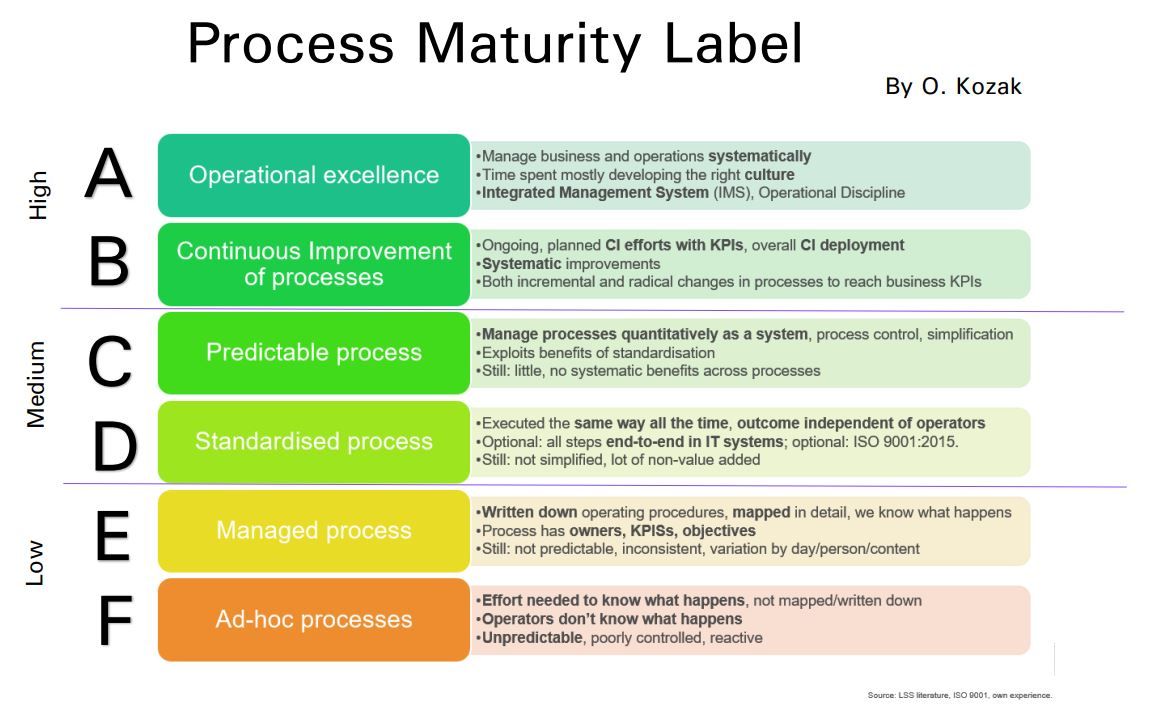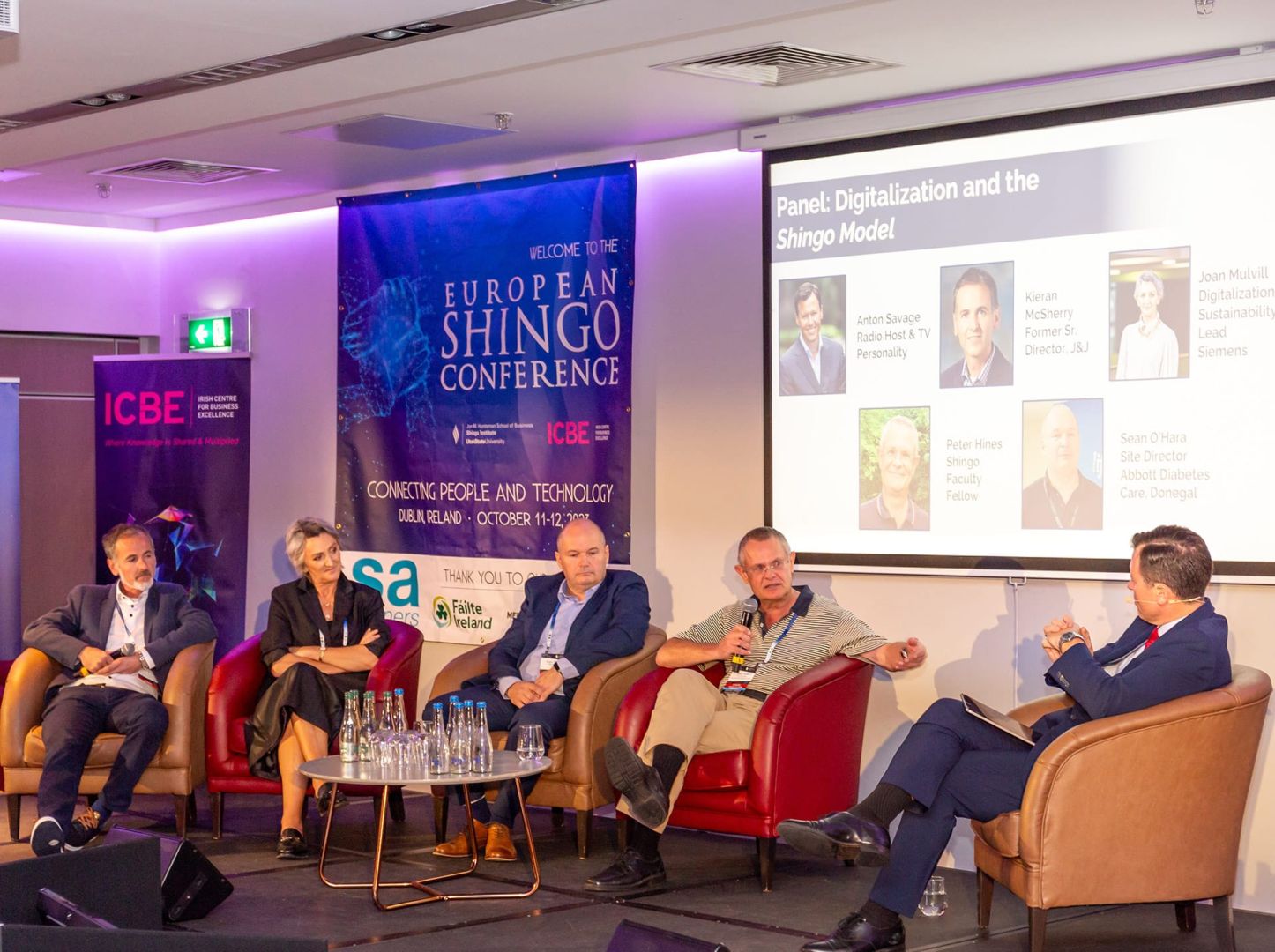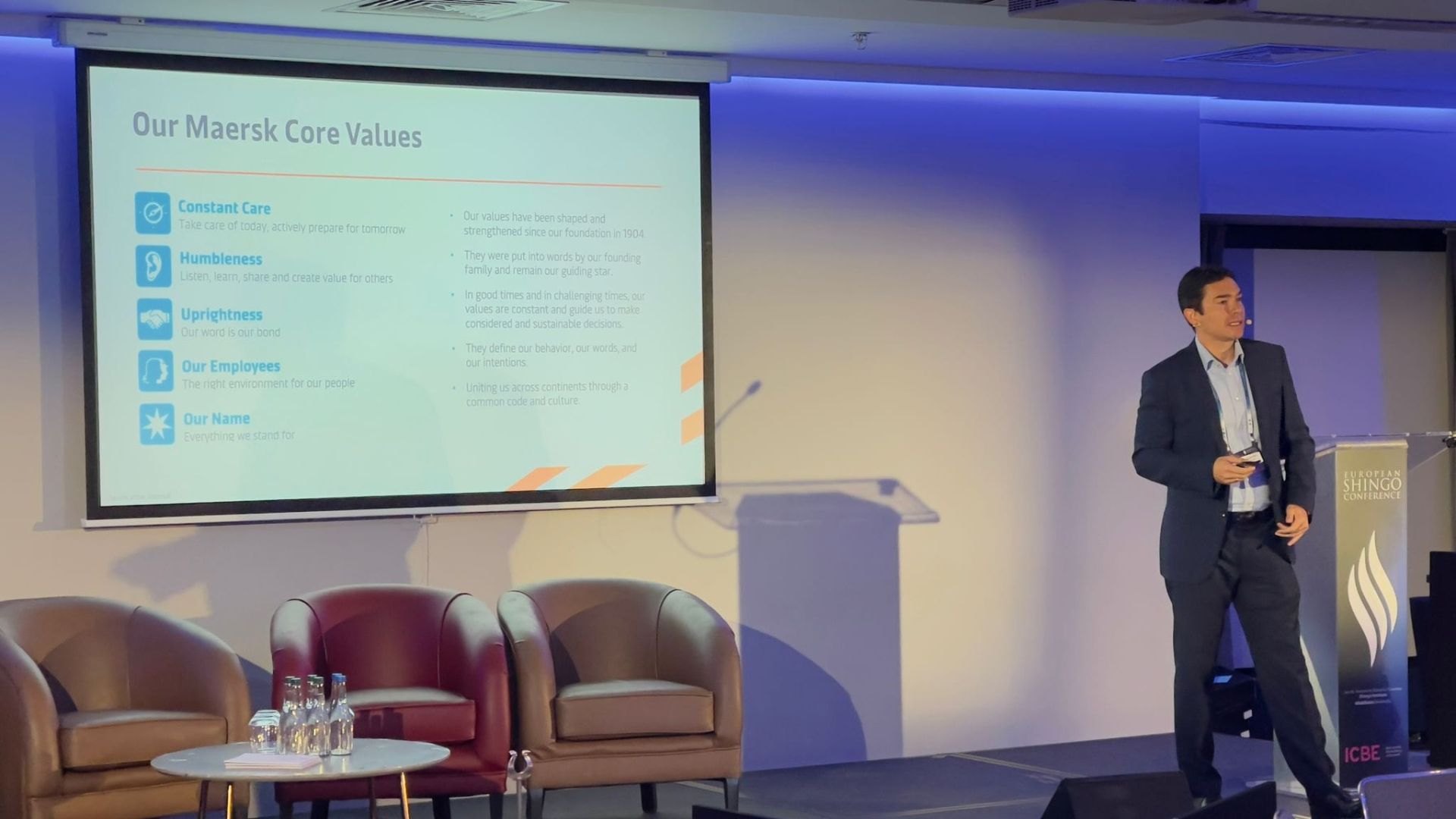It was the coming together of the Shingo community, both Irish and International and the sharing of their knowledge and experience, with those new to Shingo, as well as those looking to progress further on their Shingo journey.
Panel Discussion; Embracing Shingo, Improving a Country, and More
Panel:
Ken Snyder, Executive Director, Shingo Institute, Kieran Noonan, Chair, Irish Centre for Business Excellence, Sean Gayer, VP Operations, Boston Scientific Cork, Shane Geary, VP, Analog Devices, Roisin Mac Entee, Regional Lean Manager, Jabil Bray, Anton Savage, Moderator
Overview
“People and culture ultimately give you an advantage –never forget that culture is key, the tools are not the starting point”.
Advice for anyone beginning their Shingo Journey
How do you sustain the process after the Shingo award is achieved?
Panel Discussion: Digitalisation and the Shingo Model
Panel:
Peter Hines, Shingo Faculty Fellow Kieran McSherry, Former Senior Director, Global Manufacturing & Projects Engineering, Johnson and Johnson Vision Joan Mulvihill, Digitalization & Sustainability Lead, Siemens Sean O’Hara, Site Director, Abbott Diabetes Care, Donegal Anton Savage, Radio and TV Personality, Moderator.
Overview
He spoke about bringing tech together with the culture and systems of an organisation and the role of the Shingo Model.
Human led but data driven is so essential - we have to ask the correct questions and we have to get smarter about our questions. Data is great for certain types of decision making but what gets measured often gets missed. You have to be connected to the real challenges.
She discussed the different mindsets of engineers versus tech people and the challenge to get both to play their roles and work together.
He emphasized that the more technology and leadership are comfortable together the more successful the journey will be.
Sean O’Hara discussed how we can keep people engaged with technology. This comes in different forms, such as data visualization. How we visualize now using Power BI makes it real for the people on shop floor level.
Q. Responsibility of the organizations around 5.0 and the social side?
In answer to a question from the audience, the panel confirmed the massive responsibility on companies to help society, leverage government and to advise them what is involved in 5.0. Organizations have to encourage upskilling and informing the external community.
They also spoke about the challenges faced around taking out the learning opportunity for people, for example people have to do the middle level roles to grow within an organization. If these middle roles are taken away our people won’t learn.
How to Start Continuous Improvement if Your Organization Is Resistant to Change
Oliver Kozak, Senior Project Advisor, EU Commission on Innovation
Oliver delivered a highly entertaining presentation on driving CI within organisations that are resistant to change, describing both his failures and wins and how the Shingo Model helped him overcome these challenges.
He explained that at the EU Commission there were no processes nor operating procedures and there was huge resistance to change that situation – “it felt like pushing water uphill - the more you push; the less it works “

10 Things I tried: 7 Fails & 3 wins
The Fails
1. Focus on senior management – this didn’t work as they were not interested – political, layers of people and just not focused on efficiency.
2. Cost saving objectives - this also didn’t work as with a huge budget of €3.1 billion, which needs to be spent by the end of the year, savings were not important.
3. Full Scale big Continuous Improvement (big change = bigger resistance)
4. Focus on Middle Managers also didn’t work as they were too busy.
5. Introduce Customer centricity – as they had very little interaction with the people impacted by their work, this was also not a driver.
6. Full days of training doesn’t work as people don’t bother to turn up – difficult to find time or they feel it is not relevant to them.
7. Big IT projects – doesn’t work as the bureaucracy creates too many hurdles.
The Wins
1. Working with employees with very high workload / firefighting teams
"They want change – they are very stressed and couldn’t even take any summer holidays”
It is important to listen openly, build relationships and show them that change can happen which will benefit them.
2. Pioneering managers & colleagues
Choose people that have a natural curiosity and that are happy to go against the system. Create a good connection and build based on results.
3. Using a long series of small improvement projects, building trust and ensuring people’s own agendas were satisfied, Oliver got to achieve his agenda - CI.
Process Maturity Label
Fritz Perls (Gestalt Organisational Development) “Raising awareness creates change”

Oliver created Process Maturity Label to raise awareness & help people get started with CI. It makes it easier for people to identify where they are in the process and where they want to be. It shows people the journey and makes them think about it in a different way.
Enterprise Excellence and Our New Silk Road: The Middle Corridor that Integrates Georgia to the World
Julian Fernandez, Managing Director, APM Terminals Poti
Objective 1: Turn vessels around as fast as possible
Objective 2: To become the gateway of choice to connect Georgia, the Caucasus & Central Asia with the world.
- What are the behaviours we don’t like? Some are linked directly our to core value
- Shingo principles are already linked/interconnected to core values
- New way of working
To make this future a reality, they needed to:
- Overcome legacy culture behaviours within the organisation
- Improve processes and systems thinking to ensure flawless, consistent service to customers
- Gain confidence and trust with their local community
- Influence key external stakeholders at a critical time in Poti’s history
- Ran a World Café session for 200 people X 4 days = all 800 employees
- Gave everyone a voice in this transformation
- 2,500 suggestions/improvement ideas
- Needed to deploy purpose & Critical Success Factors to all
- Joint efforts made it possible to reach high cargo volume levels
- 226K in 2022 growing to 404K in 2023
- Expansion of port has started – the aim is to double capacity
- Poti is recognised as Terminal of the Year (in 75 APM Terminals)
- Opened the door with the government
- We share our success with the community
Thanks to everyone who made this such a successful conference






